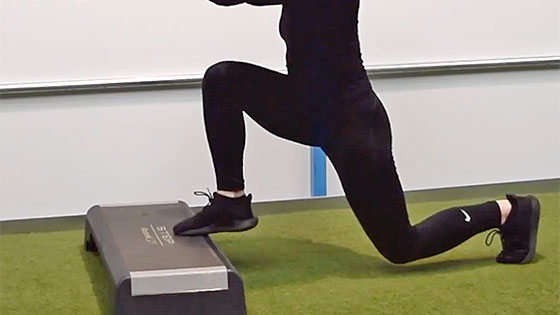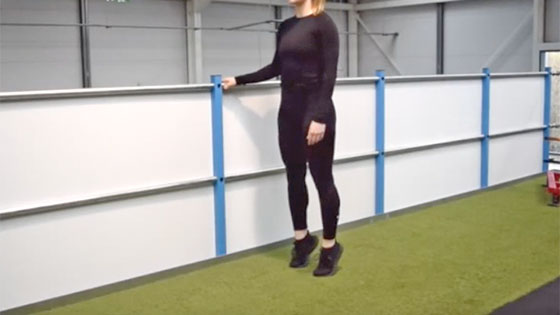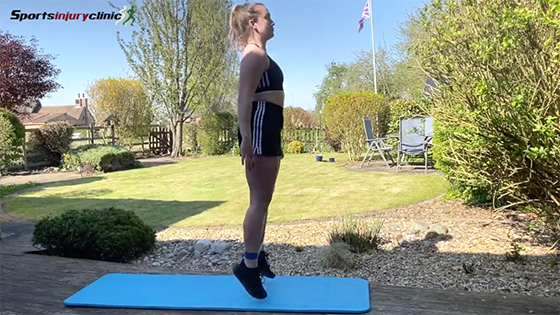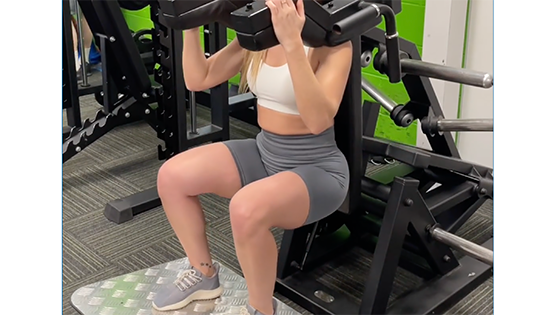High-profile celebrities like Mark Wahlberg and Serena Williams have popularised whole body vibration (WBV) training in recent years, aided by extensive media coverage. But what exactly is WBV training, how does it work, and does it really work?
Vibration training was first developed over 40 years ago by Russian scientists for use in their space program. Due to the absence of gravity in space, astronauts cannot stay in space for long periods as their muscles atrophy and bone mineral density decrease. Researchers developed vibration training to mitigate these effects, allowing astronauts to remain in space for longer durations. Only in the last decade have people applied the potential benefits of vibration training to sports, fitness, and the beauty industry.
A whole body vibration machine is usually a platform based machine which the athlete stands on to work the lower body, or places the arms/hands on to work the upper body. Some companies also advocate laying on the plate to perform some exercises. The platform vibrates at frequencies between 20 and 50 Hz, with most machines having variable settings for frequency and time.
How does WBV training work?
Standard resistance training exercises (using free weights, a resistance machine, or bodyweight exercises like push-ups) recruit between 40 and 60% of muscle fibers. Performing a similar exercise on the vibration plate recruits almost 100% of the target muscle fibres. The vibration plate achieves this by creating an almost constant stretch/reflex in the muscles, known as a tonic stretch/reflex. This means that the muscles are contracting at a very high frequency and so force, producing faster increases in muscular strength.
Similarly, when weight training, fast twitch fibres contract up to 70 times a second. Adding to this frequency with the vibration plate allows these fibres to be worked even harder, without feeling it!
The vibration also causes a substantial increase in the blood flow to the working muscles and surrounding tissues. This promotes a faster recovery and healing response following training and injury. Increasing blood flow to an area helps to flush out any waste products and also provides all of the nutrients and oxygen required for fast repair.
What are the benefits of vibration training?
- Increased muscular strength and lean muscle mass
- Increased muscle flexibility
- Increased bone mineral density (especially useful in conditions such as osteoporosis)
- Reduced appearance of cellulite
- Decreased muscular and joint pain
- Faster recovery from musculoskeletal injuries
- Faster post-workout recovery
Does it really work?
So far, the research does appear to back up the claims. Recent studies have found that following a three-times-a-week, 8-week programme, a significant increase in strength, jump performance and flexibility was recorded in female athletes (Am J Phys Med Rehabil 2006; 85(12):956-62).
Research has also shown WBV training to increase hip bone mineral density in post-menopausal women, which along with the demonstrated improvements in strength and balance, could contribute towards a decreased risk of falls leading to fractures.








